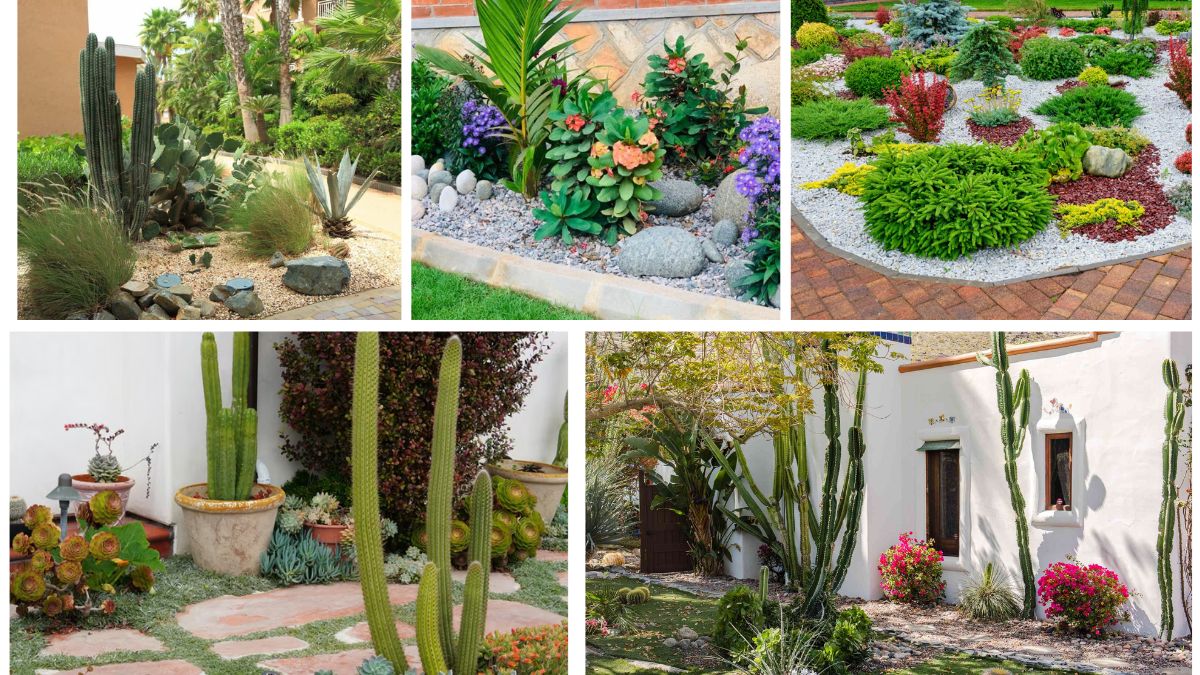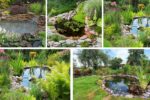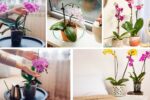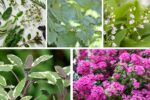Desert gardens are admired for their unique character—rugged landscapes, minimal water use, and striking plant forms that feel like living sculptures. Unlike traditional gardens overflowing with lush greenery, desert-inspired spaces highlight plants with bold shapes, fascinating textures, and timeless resilience. Sculptural plants are the true stars of these landscapes. They not only thrive in hot, arid conditions but also create visual drama that elevates any outdoor design.
If you’re looking to bring a touch of desert elegance to your garden, here are five sculptural plants that stand out with their form, adaptability, and natural charm.
1. Agave (Agave spp.) – The Desert’s Crown Jewel
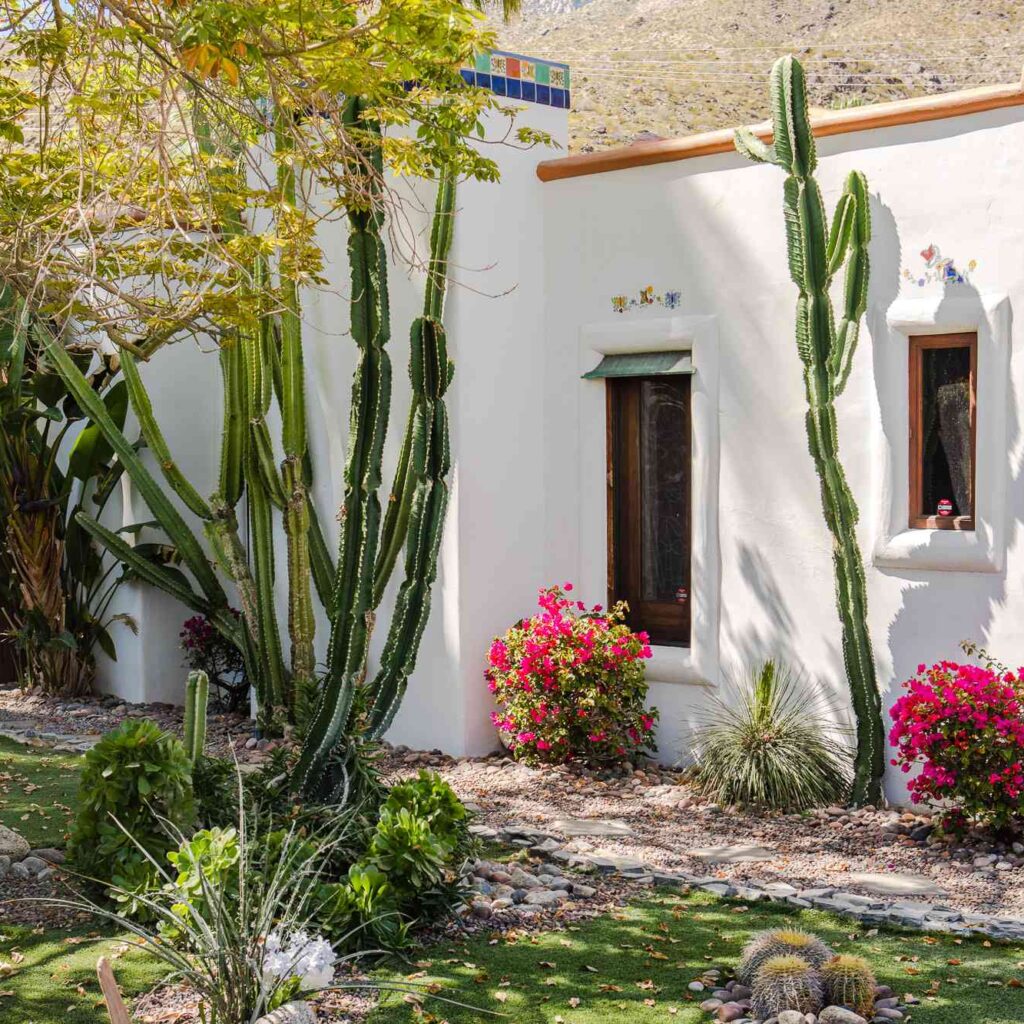
Few plants capture the spirit of the desert like Agave. Known for its bold, architectural rosettes of spiky leaves, agaves instantly become focal points in any garden. Their symmetrical forms, ranging from compact varieties to giant specimens spanning several feet across, resemble living sculptures carved from stone.
Why It’s Special:
- Striking geometric leaf rosettes with dramatic spines.
- Variety of colors: silvery-blue, green, and variegated patterns.
- Minimal maintenance and drought tolerance.
Growing Tips:
- Soil: Requires fast-draining sandy or gravelly soil.
- Light: Full sun for best growth and color.
- Watering: Needs very little water once established—perfect for xeriscaping.
- Bonus: Some species, like Agave americana, can produce towering flower stalks up to 20 feet tall.
Agaves thrive in pots, rock gardens, or as standalone landscape accents, making them ideal for desert-inspired designs.
2. Yucca (Yucca spp.) – The Bold Desert Sentinel
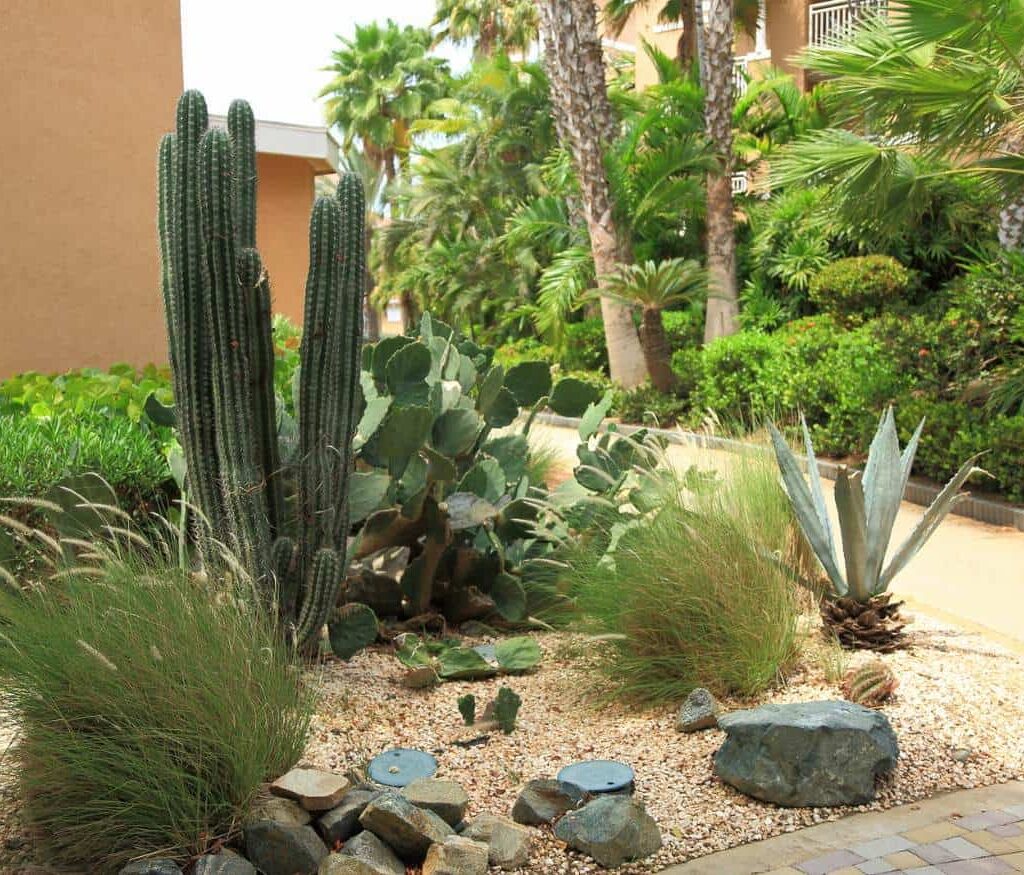
Yucca plants, with their sword-shaped leaves and dramatic silhouettes, bring structure and drama to desert gardens. They resemble miniature palm trees, and many varieties form tall trunks with striking flower spikes in summer.
Why It’s Special:
- Tough, architectural plant with sharp foliage that commands attention.
- Produces spectacular clusters of creamy white flowers.
- Excellent for low-water landscapes.
Growing Tips:
- Soil: Thrives in rocky or sandy soils with good drainage.
- Light: Needs full sun to partial shade.
- Watering: Water sparingly; yuccas prefer dry conditions.
- Maintenance: Remove dead leaves to highlight their sculptural form.
Popular varieties like Yucca rostrata or Yucca filamentosa offer both versatility and a modern, desert-chic appeal.
3. Aloe Vera (Aloe barbadensis) – Functional and Beautiful
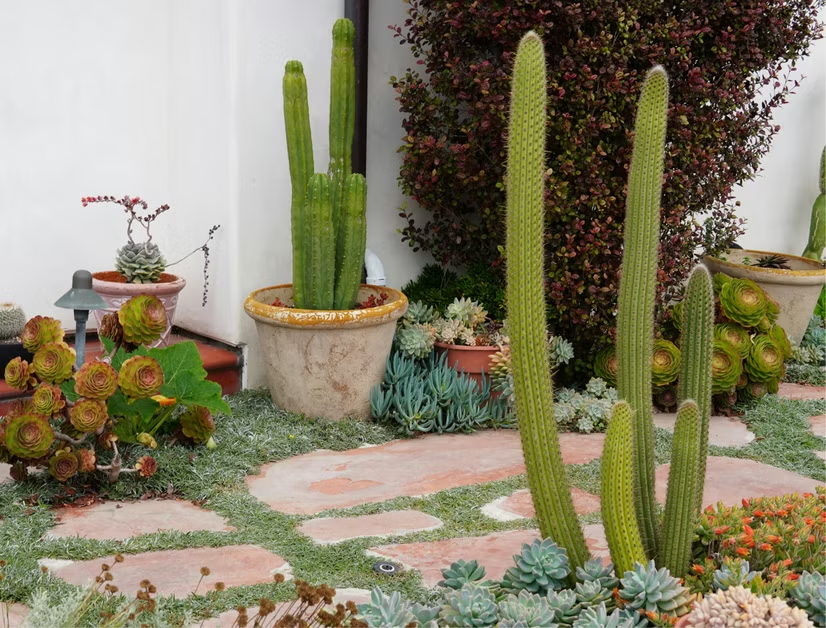
A plant that is both sculptural and medicinal, Aloe Vera makes an excellent choice for desert-themed gardens. Its fleshy, lance-shaped leaves form rosettes with a pleasing symmetry, while the plant also produces spiky flower clusters in warm shades of red, yellow, or orange.
Why It’s Special:
- Iconic rosette form with fleshy, spined leaves.
- Medicinal gel used for burns, skin care, and healing.
- Seasonal flowers attract pollinators like hummingbirds.
Growing Tips:
- Soil: Needs sandy, well-draining soil to prevent root rot.
- Light: Full sun to partial shade.
- Watering: Very low water requirements; let the soil dry before watering.
- Hardiness: Best in warm climates but can be grown in pots indoors in cooler regions.
Aloe is perfect for both aesthetic appeal and practical use, making it a must-have sculptural plant.
4. Golden Barrel Cactus (Echinocactus grusonii) – The Iconic Globe
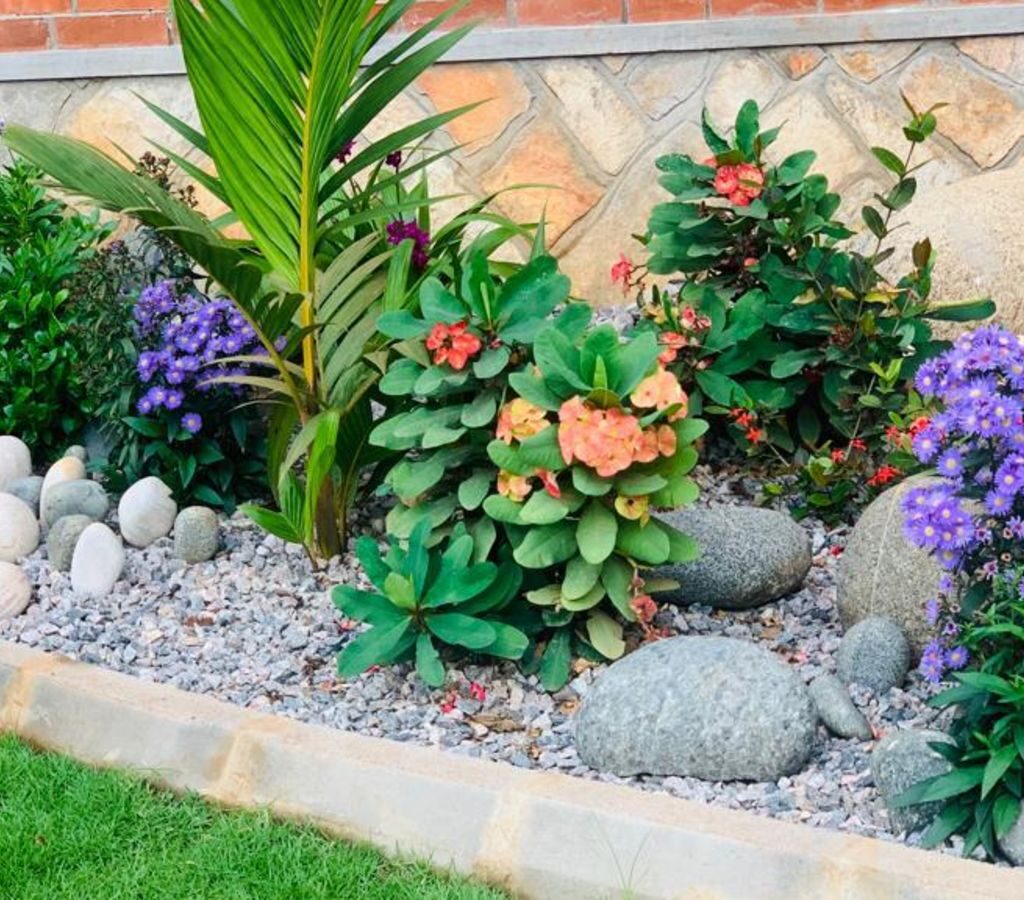
If you want a plant that instantly says “desert charm,” the Golden Barrel Cactus is your answer. With its rounded, symmetrical globe shape covered in golden spines, it looks like a piece of living artwork. These cacti are especially striking when planted in groups, creating a stunning contrast against rocks and gravel.
Why It’s Special:
- Perfectly rounded, geometric shape.
- Golden spines that glow under the sun.
- Extremely low-maintenance and drought-tolerant.
Growing Tips:
- Soil: Sandy or rocky soil with excellent drainage.
- Light: Needs full sun to maintain its golden color.
- Watering: Water sparingly—too much water can cause rot.
- Temperature: Loves hot climates but needs protection from frost.
This cactus is a sculptural masterpiece in both modern and traditional desert gardens, often used as a centerpiece in minimalist designs.
5. Desert Spoon (Dasylirion wheeleri) – A Textural Accent
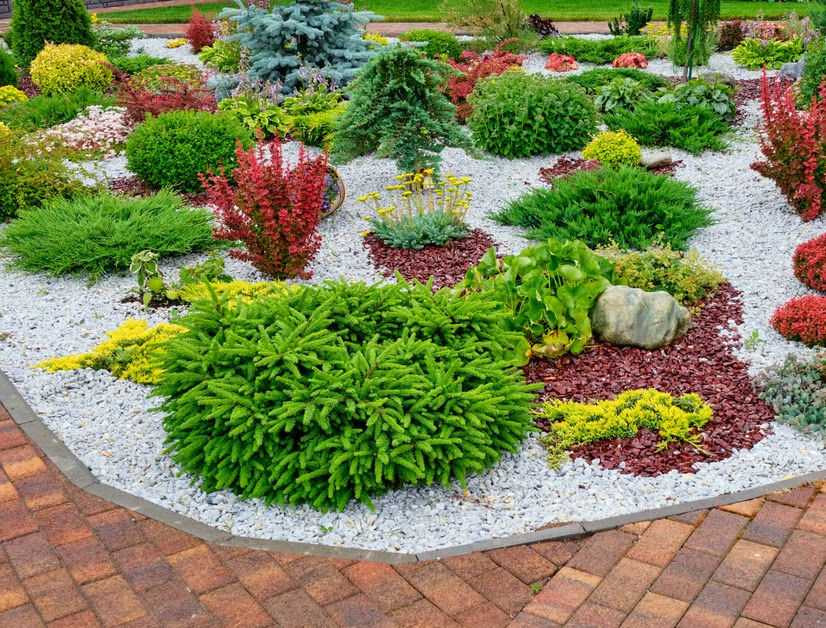
Also called Sotol, the Desert Spoon is a slow-growing perennial with long, narrow, spiky leaves that radiate outward like a fountain. Its symmetrical form and unique texture make it look like a living sculpture. When mature, it produces tall flower stalks that rise dramatically above the foliage.
Why It’s Special:
- Fountain-like structure with serrated leaves.
- Striking texture adds depth to desert gardens.
- Hardy and highly drought-resistant.
Growing Tips:
- Soil: Requires rocky, sandy, and well-draining soil.
- Light: Full sun is essential.
- Watering: Thrives with minimal water.
- Bonus: Used traditionally to make beverages such as sotol in Mexico.
The Desert Spoon is perfect for adding movement and texture, balancing the bold shapes of agaves and cacti.
Designing with Sculptural Desert Plants
Incorporating these sculptural plants into your garden design requires thoughtful planning. Here are some design tips to maximize their desert charm:
- Use Contrasts: Pair spiky agaves with soft gravel or rounded stones.
- Create Focal Points: Plant large agaves or yuccas as centerpieces.
- Groupings: Plant Golden Barrel Cacti in clusters for visual rhythm.
- Containers: Aloe and smaller agaves look stunning in decorative pots.
- Low-Maintenance Landscaping: Use gravel, sand, and rocks to enhance the natural desert feel.
Conclusion
Desert gardens don’t have to be barren—they can be bold, artistic, and full of life with the right sculptural plants. By adding Agave, Yucca, Aloe Vera, Golden Barrel Cactus, and Desert Spoon, you can transform any garden into a living gallery of shapes, textures, and desert resilience. These plants not only thrive with little care but also bring timeless beauty, making them perfect choices for gardeners who want both style and sustainability.
